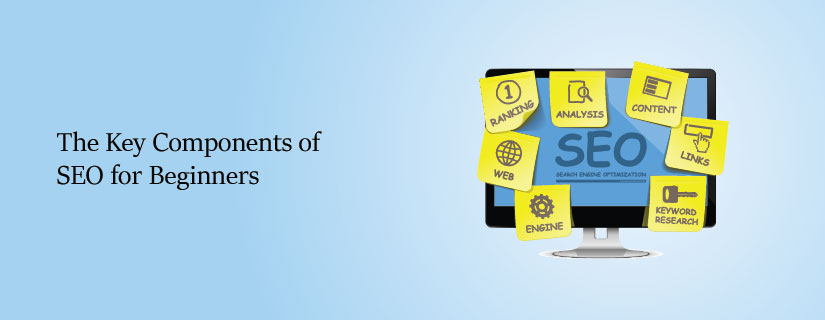- /
- Blog
- /
- The Five-Sense Formula for...
The Five-Sense Formula
for Brand Success
The Five-Sense Formula for Brand Success
In a sea of advertising, companies have a pivotal challenge—how to be heard above the noise and make long-term impressions on customers. Classic marketing measures tend to focus strongly on the visual and auditory aspects, but studies indicate that when activating multiple senses, the memorability of brands and the level of customer interaction can increase exponentially. Imagine entering a shop and greeting the smell of a lovely odor, relaxing sounds playing softly in the background, and the soft feel of an expensive product—that is, in perfect harmony together to trigger strong emotions. And this is exactly where sensory marketing appears on the scene and reynolds how a brand connects with the people aside from typical publicity methods.
Sensory Marketing
Sensory marketing is the deliberate application of sensory stimuli—sight, sound, smell, taste, and touch—to affect consumer attitudes, feelings, and behavior. While conventional marketing tends to focus primarily on visuals, sensory marketing strives to produce a comprehensive brand experience that reaches out to all senses. Sensory marketing doesn’t just draw attention but evokes stronger emotional responses from consumers, making a brand more noticeable and effective.
The Five-Sensory Experience: Appealing to the Five Senses
The first impression: sight
- Graphic elements including color psychology, type, package design, and imagery of a brand all help make an impact in the eyes of the consumer.
- Example: Exclusive brands like Apple employ understated design and upmarket packaging to project sophistication.
- Vibrant and high-contrast hues for fast food packaging (such as red and yellow for McDonald’s) are designed to enhance hunger and impulse purchases.
Second the power of Auditory: sound
- Spots, jingles, and even the sound of voice used in commercials add to brand image.
- Example: McDonald’s “I’m Lovin’ It” jingle is well known and evokes feelings of happiness.
- The use of soothing music at spas and health clubs serves to enhance relaxation and peacefulness, increasing customer satisfaction.
Smell: The Silent Influence
- Odors evoke feelings and memories and build powerful ties to a brand.
- Example: Department stores such as Abercrombie & Fitch utilize distinctive scents to establish a unique in-store experience.
- The smells of freshly baked bread or coffee in supermarkets and restaurants can unconsciously drive sales by instilling a feeling of warmth and comfort.
Touch: The Influence of Tactile Stimuli
- Package touch, material feel, and even interactive touchscreens enrich the consumer experience.
- Example: Car manufacturers enable potential purchasers to touch and feel the inside of their cars to promote purchase intent.
- Fashion stores frequently highlight fabric softness and goodness in order to influence purchasing decisions since customers are more likely to purchase what feels pleasant and high-end.
Taste: The Flavor of Emotion
- Companies use taste to build distinctive brand experiences.
- Example: The distinctive flavor of Coca-Cola is a fundamental part of its brand experience, earning loyalty from the customer.
- Tastings of free samples offered in stores and sampling tastings at events directly engage the customers’ senses and encourage purchase.
The Psychological Effect of Multi-Sensory Marketing
Tactile engagement of more than one sense not only makes brands more memorable but also affects consumer emotion and choice. When many sensory inputs blend together harmoniously, they create an integrated and engaging brand experience that builds trust and reinforces long-term customer relationships. Experiments have revealed that multi-sensory experiences make brands more preferred, customers more satisfied, and purchase more likely.
Want to maximize your marketing ROI? Our audit & consulting services help identify what’s working and what’s not.
Case Studies: Brands That Are Top in Sensory Marketing
- Starbucks – Combines soft music, intense coffee scent, and cozy interiors to provide a soothing environment.
- Nike – Combines vibrant visuals, pulsating music, and lively store designs to instill feelings of athleticism and motivation.
- Disney Theme Parks – Develops engaging experiences through choreographed visuals, sounds, aromas, and even touch-sensitive rides to carry visitors into fantastical worlds.
With advancing technology, brands are getting creative to embed multi-sensory experiences into digital marketing, virtual reality (VR), and augmented reality (AR). Those companies who get a handle on and take advantage of the strength of sensory marketing will enjoy a competitive advantage, making deeper and longer-lasting connections with the audience. In an age where people are surrounded by advertising, the secret to making a mark is not being seen or heard, but felt, sensed, and touched in a manner that has an enduring impact.
By harnessing the complete range of sensory experience, brands are able to create emotional connections that exceed mere transactional interaction and build enduring customer loyalty. The future of marketing is about immersive, interactive, and unforgettable sensory-led experiences making consumers genuinely connected to a brand.
Share this Article On:
Recent Updates
- 12 February 2025
- 12 February 2025
- 12 February 2025
- 12 February 2025
- 12 February 2025
Have a Question?
If you cannot find answers to your queries, please fill out the enquiry form. We will contact you shortly.







